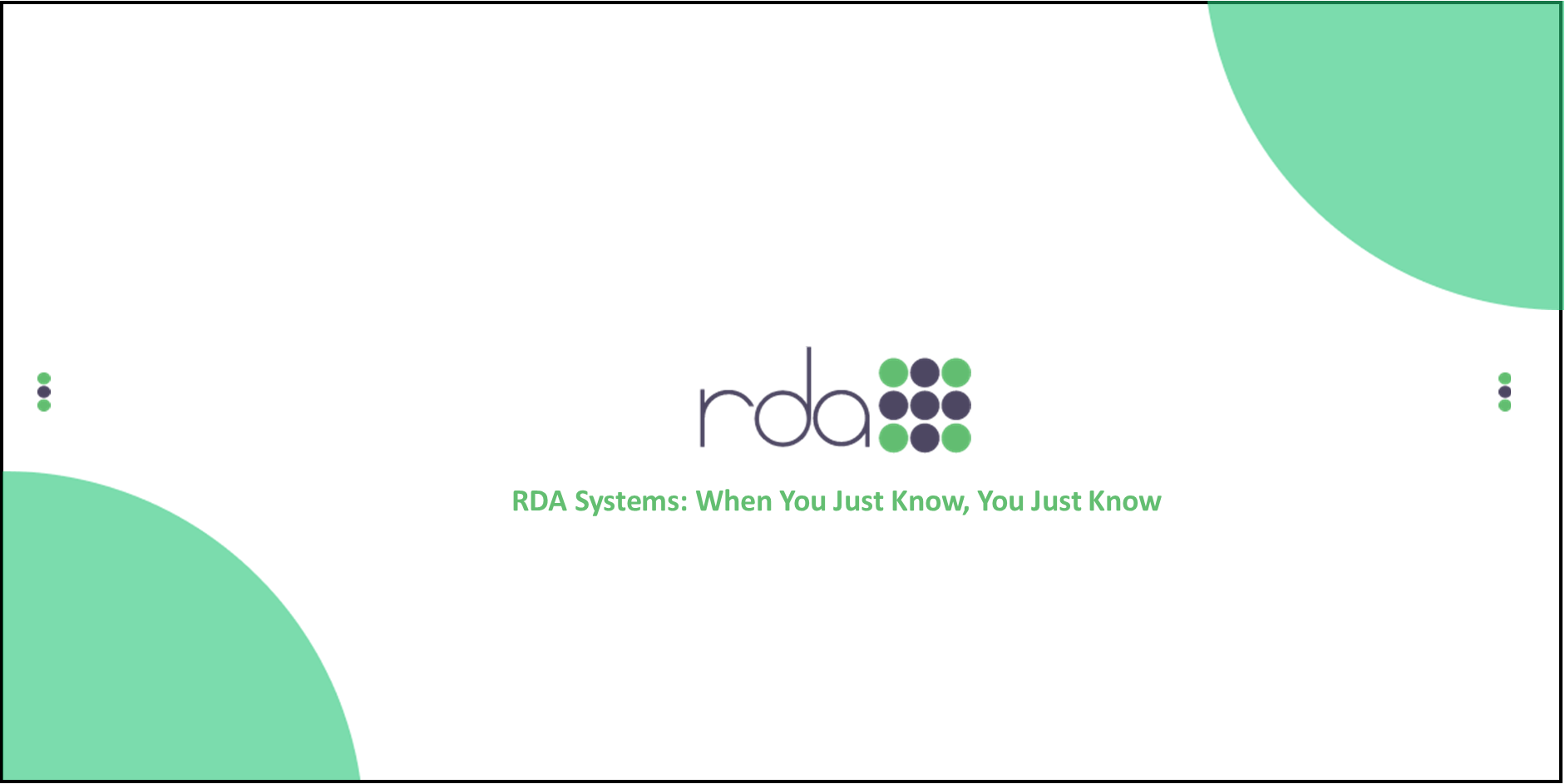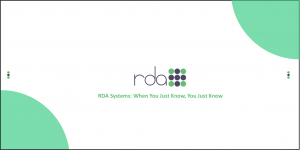
How are you using the Invoice Due Date when adding direct and PO vouchers? The intent of this field is two-fold: so that you can add invoices on a regular (daily) basis for more efficient work-flow; and to better manage/leverage cash (avoid assessment of late payment fees from a vendor; maximize earned interest for interest-bearing accounts). When you assign check and EFT numbers, range on Due Date so that check/EFT numbers aren’t assigned until you’re actually ready to issue the check/transmittal for those vouchers.
The A/P Aging Report by Fund (on OpenRDA’s task bar) allows you to easily see what’s “in the works” (meaning invoices that have been entered and verified/validated but not paid). This also makes it easier for other staff within the organization to use this report or to query on invoices/vouchers to see the status (rather difficult to do that if the invoices are in a folder awaiting data entry!). You can also go ahead and distribute these vouchers. This allows the general ledger in Financial Management to immediately reflect these payables; providing management with a more accurate (real-time) picture of the financial health of the organization. And, cash will not be affected until the checks/electronic transmittals are issued (since the check/EFT date always determines the fiscal period for the credit to cash).
Phyllis
pdflowers@openrda.com





